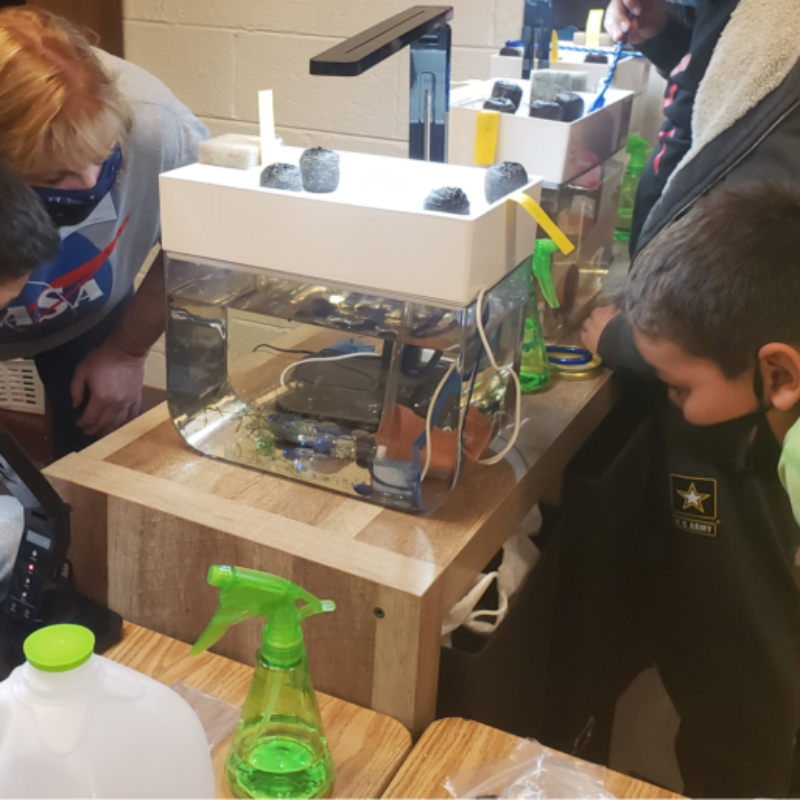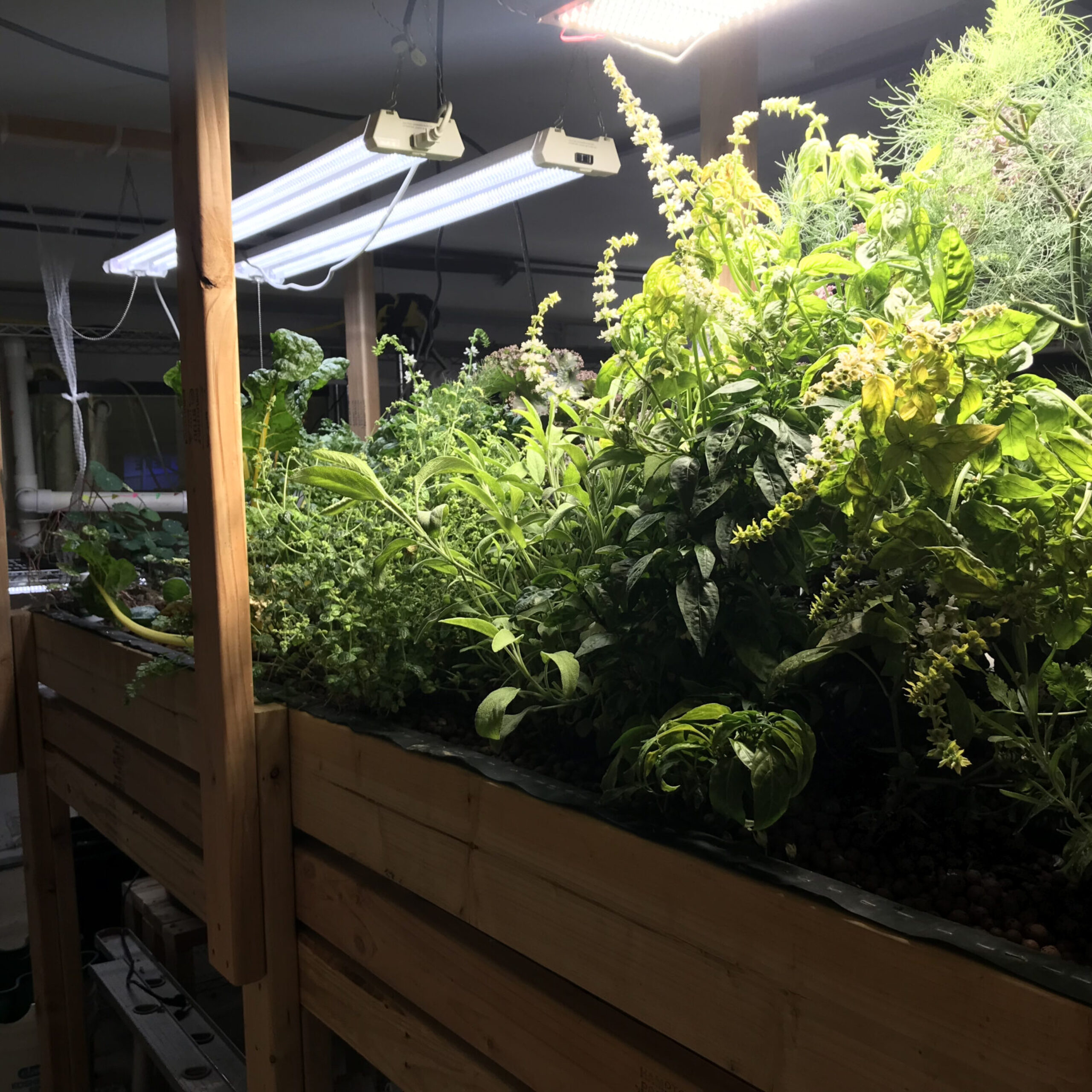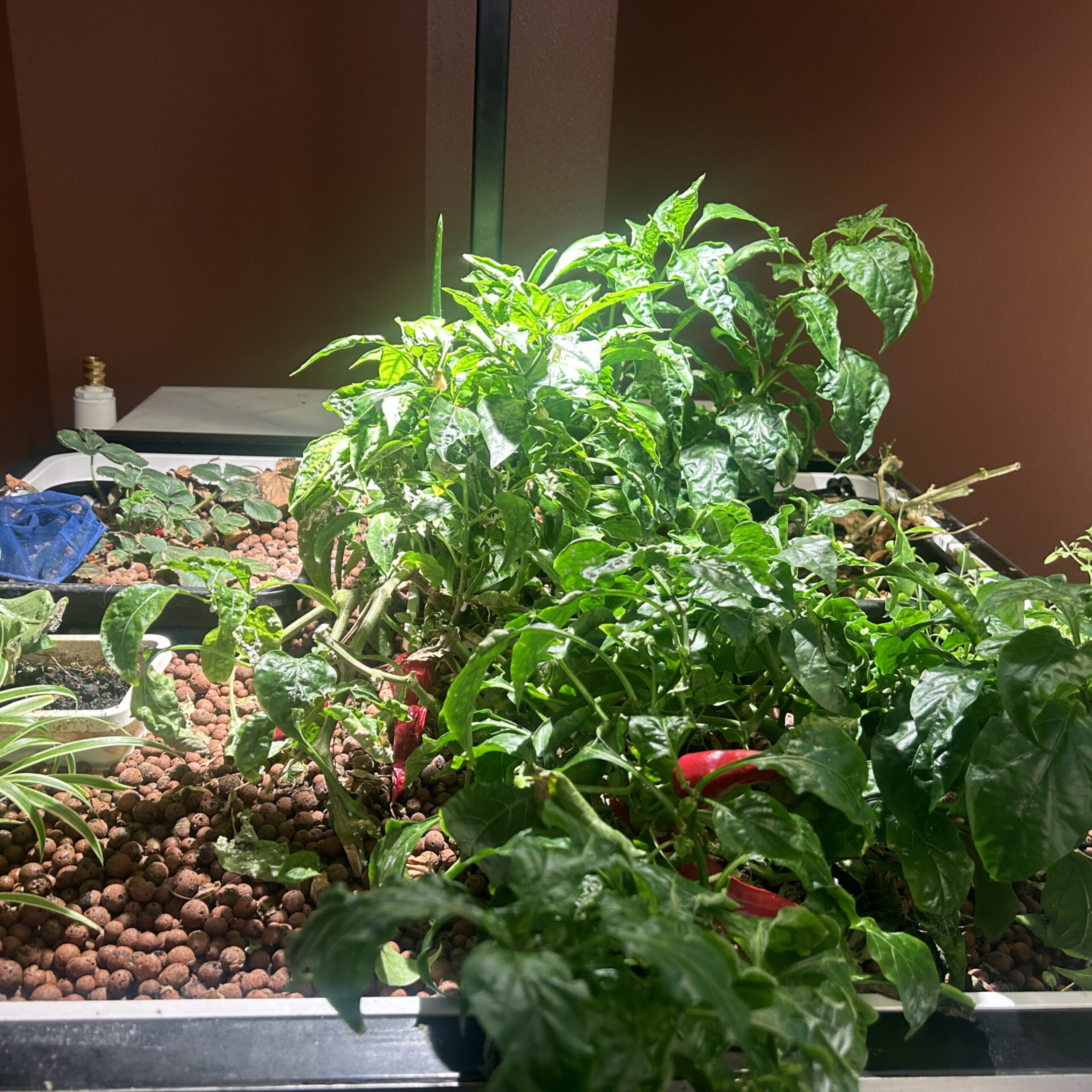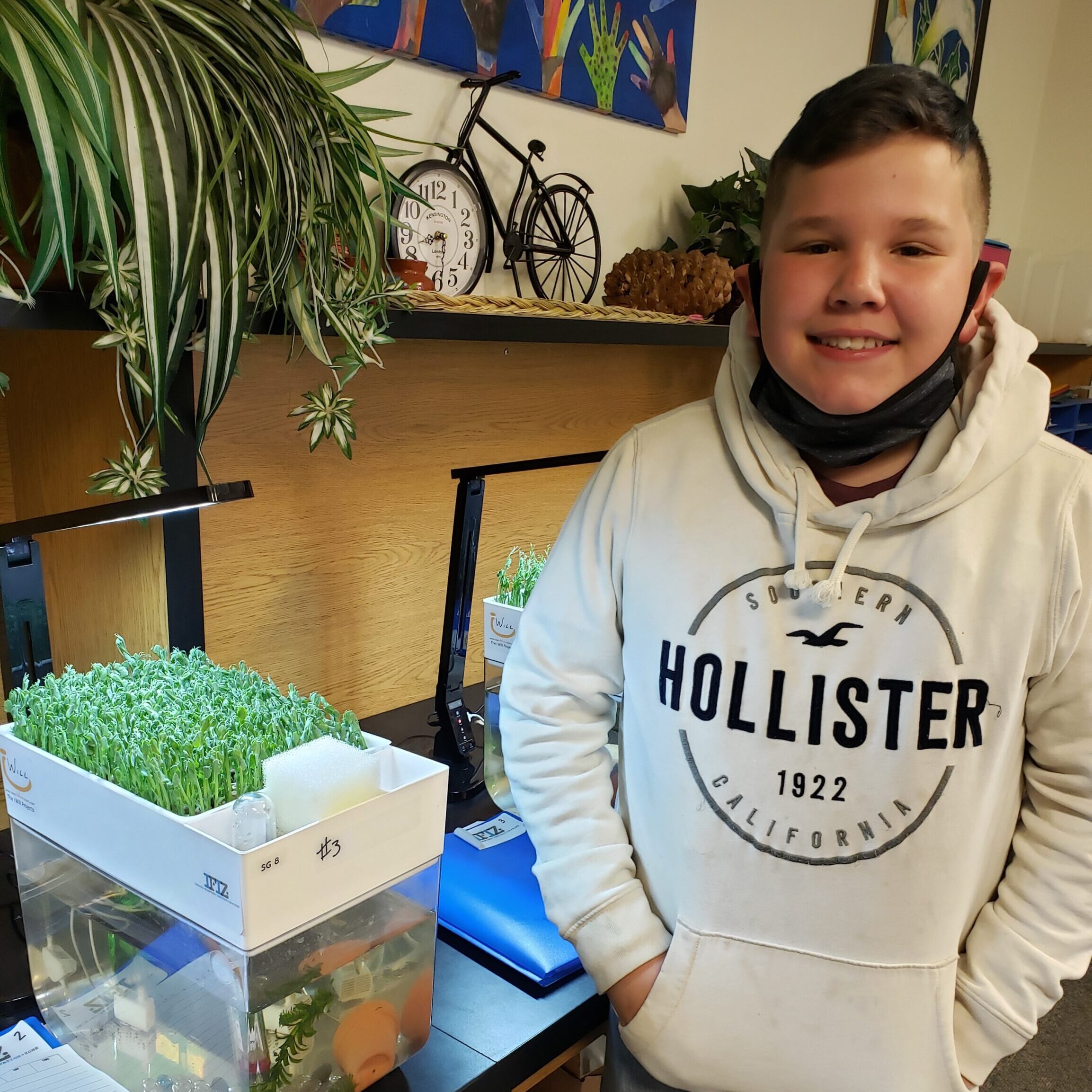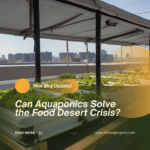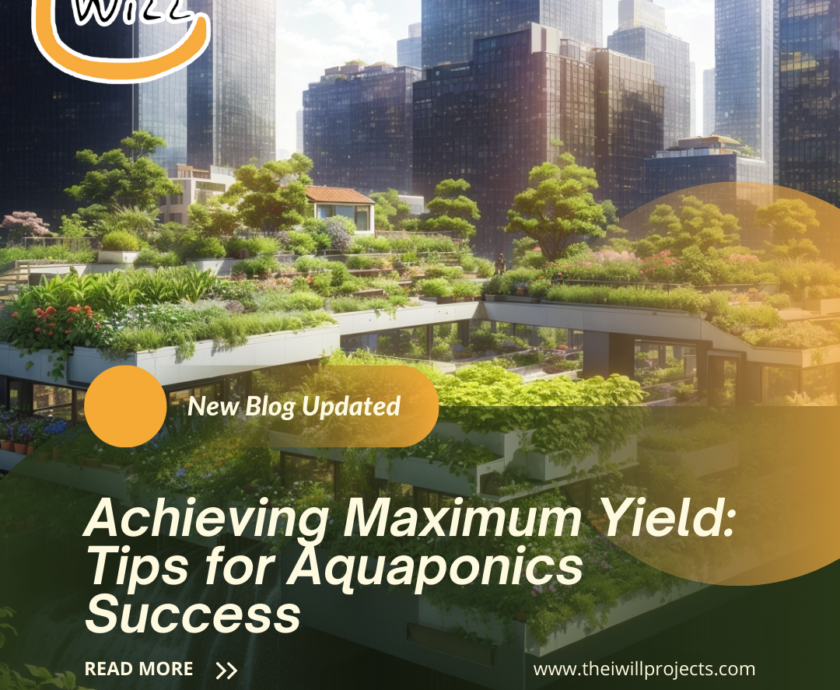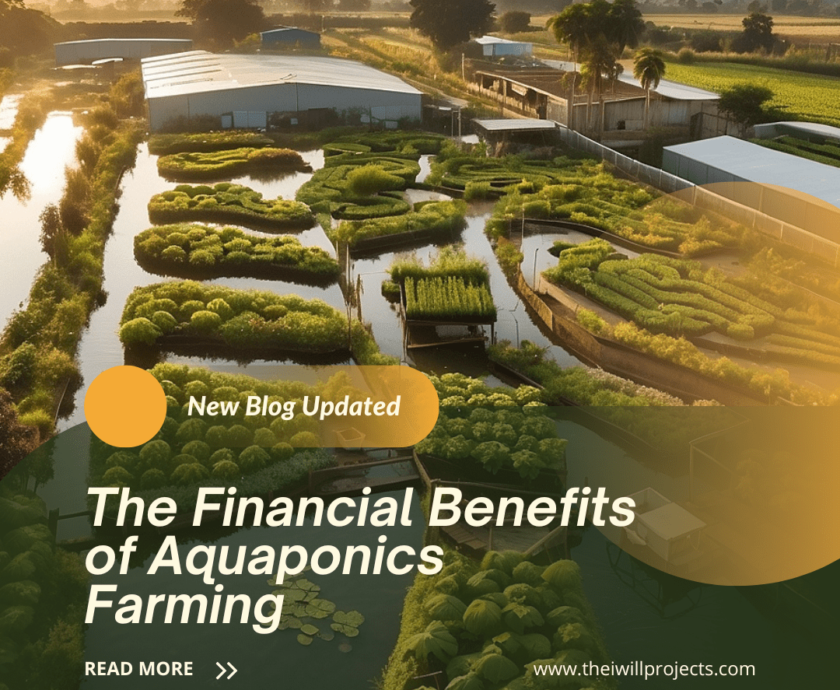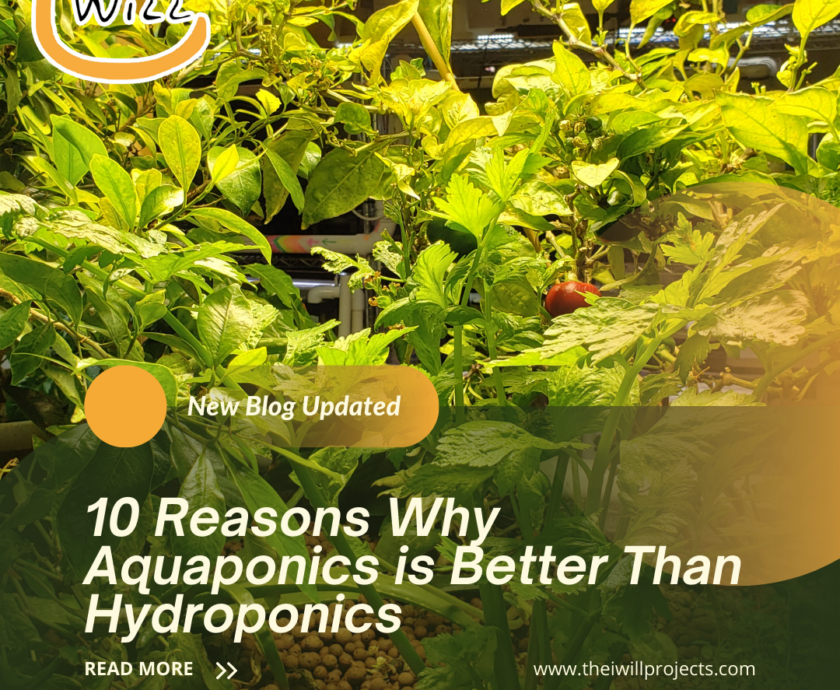“Aquaponics is not just a method of farming; it’s a model for future sustainable food production, blending ancient knowledge with modern technology.” – Dr. Nick Savidov
TweetTable of contents
- Introduction
- The Definition of Organic Farming
- Aquaponics: A Brief Overview
- Organic Certification and Soil Requirements
- Current Status of Aquaponics in Organic Certification
- Sustainability and Environmental Benefits of Aquaponics
- Nutritional Value of Aquaponic Vegetables
- Challenges in Aquaponics
- Consumer Perception and Market Trends
- The Future of Aquaponics in Organic Farming
- The Science Behind Aquaponics
- Environmental Impact of Traditional vs. Aquaponic Farming
- Economic Viability of Aquaponics
- Comparing Organic Soil Farming and Aquaponics
- Policy and Advocacy for Aquaponics
- Technological Innovations in Aquaponics
- Integrating Aquaponics into Urban Agriculture
- Health Benefits of Aquaponic Vegetables
- Education and Training for Aquaponic Farmers
- Community and Social Impact of Aquaponics
- Global Trends in Aquaponics
- Conclusion
- FAQs
Introduction
Aquaponics, a revolutionary method of sustainable farming, combines aquaculture (raising fish) and hydroponics (soil-less plant cultivation) in a symbiotic environment.
This innovative technique has garnered attention for its efficiency and eco-friendliness.
However, a pressing question remains: Are aquaponic vegetables really organic?
Understanding the organic certification process and how aquaponics fits into this framework is essential for both consumers and producers.
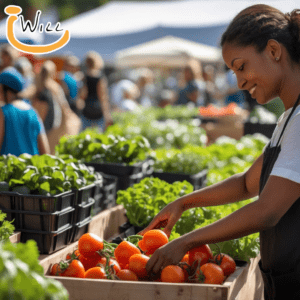
The Definition of Organic Farming
Organic farming is characterized by practices that promote ecological balance, conserve biodiversity, and avoid synthetic inputs like pesticides and fertilizers.
Organic certification is a stringent process governed by regulatory bodies such as the USDA in the United States, which sets specific standards that farms must meet.
These include soil health, pest management, and sustainable farming techniques.
The key question is whether aquaponics, which does not use soil, can align with these organic principles.
Aquaponics: A Brief Overview
Aquaponics merges two well-established practices: aquaculture and hydroponics.
In an aquaponic system, fish waste provides a natural fertilizer for plants, while the plants help filter and clean the water for the fish.
This closed-loop system significantly reduces water usage and eliminates the need for synthetic fertilizers.
However, the absence of soil in aquaponics raises questions about its compatibility with traditional organic standards, which typically emphasize soil health.
Organic Certification and Soil Requirements
One of the central tenets of organic farming is the emphasis on soil health.
The USDA’s National Organic Program (NOP) stipulates that organic farming must maintain or improve the natural resources of the farm, primarily focusing on soil quality.
Given that aquaponics is a soil-less system, it challenges traditional organic certification requirements.
This has led to debates within the agricultural community and among certification bodies about whether soil-less systems can truly be considered organic.
Current Status of Aquaponics in Organic Certification
As of now, the status of aquaponics within organic certification frameworks varies by country and certifying agency.
In the United States, for instance, the USDA has not universally recognized aquaponics as organic, primarily due to the soil requirement.
However, some states and private certifiers have granted organic status to aquaponic farms based on their sustainable practices and lack of synthetic inputs.
The situation is dynamic, with ongoing discussions and potential regulatory changes in the future.
Sustainability and Environmental Benefits of Aquaponics
Regardless of its organic certification status, aquaponics offers numerous sustainability benefits.
It uses up to 90% less water than traditional farming, significantly reduces the need for chemical fertilizers, and can be implemented in various environments, including urban areas and regions with poor soil quality.
These attributes make aquaponics an attractive option for sustainable food production, contributing to food security and reducing the environmental impact of agriculture.
Nutritional Value of Aquaponic Vegetables
One of the key considerations for consumers is the nutritional value of aquaponic vegetables compared to traditionally grown organic produce.
Studies have shown that aquaponic vegetables can be as nutritious, if not more so, than their soil-grown counterparts.
The controlled environment of aquaponics allows for optimal nutrient delivery and reduced exposure to pests and diseases, resulting in high-quality produce.
Challenges in Aquaponics
Despite its benefits, aquaponics faces several challenges.
The initial setup cost can be high, and managing the balance between fish and plant health requires expertise.
Additionally, the lack of universal organic certification can be a barrier for market access and consumer acceptance.
Addressing these challenges is crucial for the wider adoption and success of aquaponics.
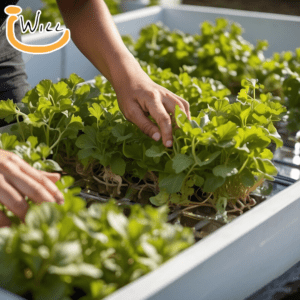
Consumer Perception and Market Trends
Consumer perception plays a significant role in the success of any agricultural product.
Surveys indicate a growing interest in sustainably grown produce, but there is also confusion about what constitutes “organic.”
Educating consumers about the benefits and practices of aquaponics can help bridge this gap and enhance market acceptance.
Transparent labeling and certification can also build trust and drive demand for aquaponic vegetables.
The Future of Aquaponics in Organic Farming
The future of aquaponics in organic farming depends on regulatory changes, technological advancements, and market dynamics.
Ongoing research into improving aquaponic systems and advocating for regulatory recognition will be key.
As the demand for sustainable and healthy food grows, aquaponics has the potential to become a significant player in the organic market, provided it can navigate the certification landscape effectively.
The Science Behind Aquaponics
Aquaponics operates on the principle of mutualism, where both plants and fish benefit from each other’s presence.
Fish produce waste, rich in ammonia, which bacteria in the system convert into nitrites and then nitrates.
These nitrates are vital nutrients for plants.
In turn, plants absorb these nutrients, effectively cleaning the water for the fish.
This natural filtration process creates a self-sustaining ecosystem that requires minimal external inputs once established.
Environmental Impact of Traditional vs. Aquaponic Farming
Traditional farming methods often rely heavily on water, fertilizers, and pesticides, contributing to soil degradation, water pollution, and biodiversity loss.
In contrast, aquaponics minimizes these impacts.
The recirculating water system reduces water usage, and the absence of chemical inputs protects the surrounding environment.
Furthermore, aquaponics can be practiced in diverse locations, including urban areas, reducing the carbon footprint associated with transporting produce from rural farms to urban markets.
Economic Viability of Aquaponics
The economic aspect of aquaponics is multifaceted.
Initial investment for setting up an aquaponic system can be substantial, covering costs for tanks, pumps, grow beds, and monitoring systems.
However, the long-term operational costs are often lower due to reduced water and fertilizer needs.
Additionally, aquaponic farms can produce high yields in small areas, potentially leading to greater profitability per square foot compared to traditional farming.
Market trends toward sustainably grown produce can also drive higher prices and demand for aquaponic products.
Comparing Organic Soil Farming and Aquaponics
Organic soil farming and aquaponics share many common goals: both aim to produce healthy, chemical-free food while minimizing environmental impact.
However, their methods and challenges differ.
Organic soil farming relies on practices that improve soil health, such as crop rotation, composting, and natural pest control.
Aquaponics, on the other hand, bypasses soil entirely, creating a controlled environment that can optimize growing conditions and reduce pest issues without synthetic chemicals.
Policy and Advocacy for Aquaponics
Advocacy groups and policymakers play a crucial role in shaping the future of aquaponics.
These stakeholders can influence regulations and certification standards, promote research and development, and provide funding and resources for new farmers.
Policy changes that recognize the environmental benefits of aquaponics and allow for flexible certification standards could significantly boost the adoption of this technology.
Technological Innovations in Aquaponics
Technological advancements are continuously improving the efficiency and scalability of aquaponic systems.
Automated monitoring systems that track water quality, nutrient levels, and plant health can help farmers maintain optimal conditions with minimal manual intervention.
Additionally, innovations in materials and design, such as more efficient grow lights and energy-saving pumps, are making aquaponics more accessible and sustainable.
Integrating Aquaponics into Urban Agriculture
Urban agriculture is gaining traction as cities look for ways to increase local food production and improve food security.
Aquaponics is particularly well-suited for urban environments due to its compact nature and ability to be set up indoors or on rooftops.
Integrating aquaponics into urban planning can provide fresh produce to city dwellers, reduce the urban heat island effect, and create green spaces that enhance quality of life.
Health Benefits of Aquaponic Vegetables
Consuming aquaponic vegetables can offer numerous health benefits.
The controlled growing environment of aquaponics often results in produce with higher nutrient levels and lower exposure to contaminants compared to conventionally grown vegetables.
Additionally, the absence of synthetic pesticides and fertilizers means that aquaponic vegetables are free from chemical residues, making them a healthier choice for consumers.
Education and Training for Aquaponic Farmers
Education and training are critical for the successful adoption of aquaponics.
Various organizations and institutions offer workshops, courses, and certification programs to equip aspiring aquaponic farmers with the knowledge and skills needed to manage these systems effectively.
These educational initiatives also help dispel myths and misconceptions about aquaponics, promoting broader acceptance and understanding of this innovative farming method.
Community and Social Impact of Aquaponics
Aquaponics can have a significant positive impact on communities.
By establishing local aquaponic farms, communities can enhance their food security, create jobs, and promote sustainable practices.
Community-based aquaponic projects often involve educational components, teaching residents about sustainable agriculture and healthy eating.
These projects can foster a sense of ownership and pride, as community members work together to produce their food.
Global Trends in Aquaponics
Globally, aquaponics is gaining recognition as a viable solution to some of the challenges facing modern agriculture.
Countries around the world are investing in research and development to improve aquaponic technologies and practices.
International collaborations and knowledge exchange are driving innovation and helping to overcome barriers to adoption.
As global awareness of sustainability issues grows, aquaponics is likely to play an increasingly important role in the future of agriculture.

Conclusion
The question of whether aquaponic vegetables are really organic is complex and multifaceted.
While aquaponics offers significant sustainability benefits and produces high-quality, nutritious vegetables, its soil-less nature poses challenges for traditional organic certification.
However, as regulatory frameworks evolve and consumer awareness grows, aquaponics has the potential to play a crucial role in sustainable agriculture.
Embracing the innovative aspects of aquaponics and working towards inclusive certification standards can pave the way for a more sustainable and secure food future.
FAQs
Currently, the certification of aquaponic vegetables as organic varies. While some private certifiers and states recognize them as organic, the USDA has not universally accepted soil-less systems like aquaponics under its organic program.
What makes aquaponic vegetables sustainable?
Aquaponic systems use significantly less water, eliminate the need for synthetic fertilizers, and can be implemented in various environments, making them highly sustainable.
Do aquaponic vegetables have the same nutritional value as organic vegetables?
Yes, aquaponic vegetables can be as nutritious, if not more so, than traditional organic vegetables due to the controlled environment and optimal nutrient delivery in aquaponic systems.
Why is soil important in organic farming?
Soil health is a cornerstone of traditional organic farming, as it promotes ecological balance, supports biodiversity, and enhances the sustainability of farming practices.
What are the main challenges of aquaponics?
The main challenges include high initial setup costs, the need for expertise in managing fish and plant health, and the lack of universal organic certification, which can affect market access and consumer acceptance.
How can consumers identify aquaponic produce?
Consumers can look for specific labeling or certifications that indicate the produce was grown in an aquaponic system. Transparency in labeling and education about aquaponics can help consumers make informed choices.
The I Will Projects, a 501c3 Non-Profit, promotes diverse solutions for global challenges. Our IFIZ education programs, emphasizing aquaponics, and insect farming, empower communities through knowledge, collaboration, and sustainable innovation. Learn more here.



